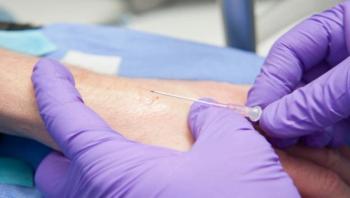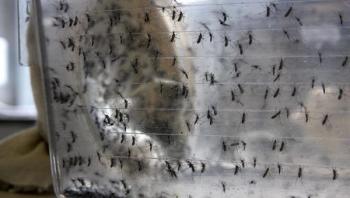
It is estimated that U.S. healthcare institutions spend $9.8 billion annually treating healthcare-associated infections (HAIs). Ventilator-associated pneumonia (VAP), central line-associated bloodstream infections (CLABSIs) and catheter-associated urinary tract infections (CAUTIs) rank among the top five most expensive HAIs (Zimlichman, 2013).







